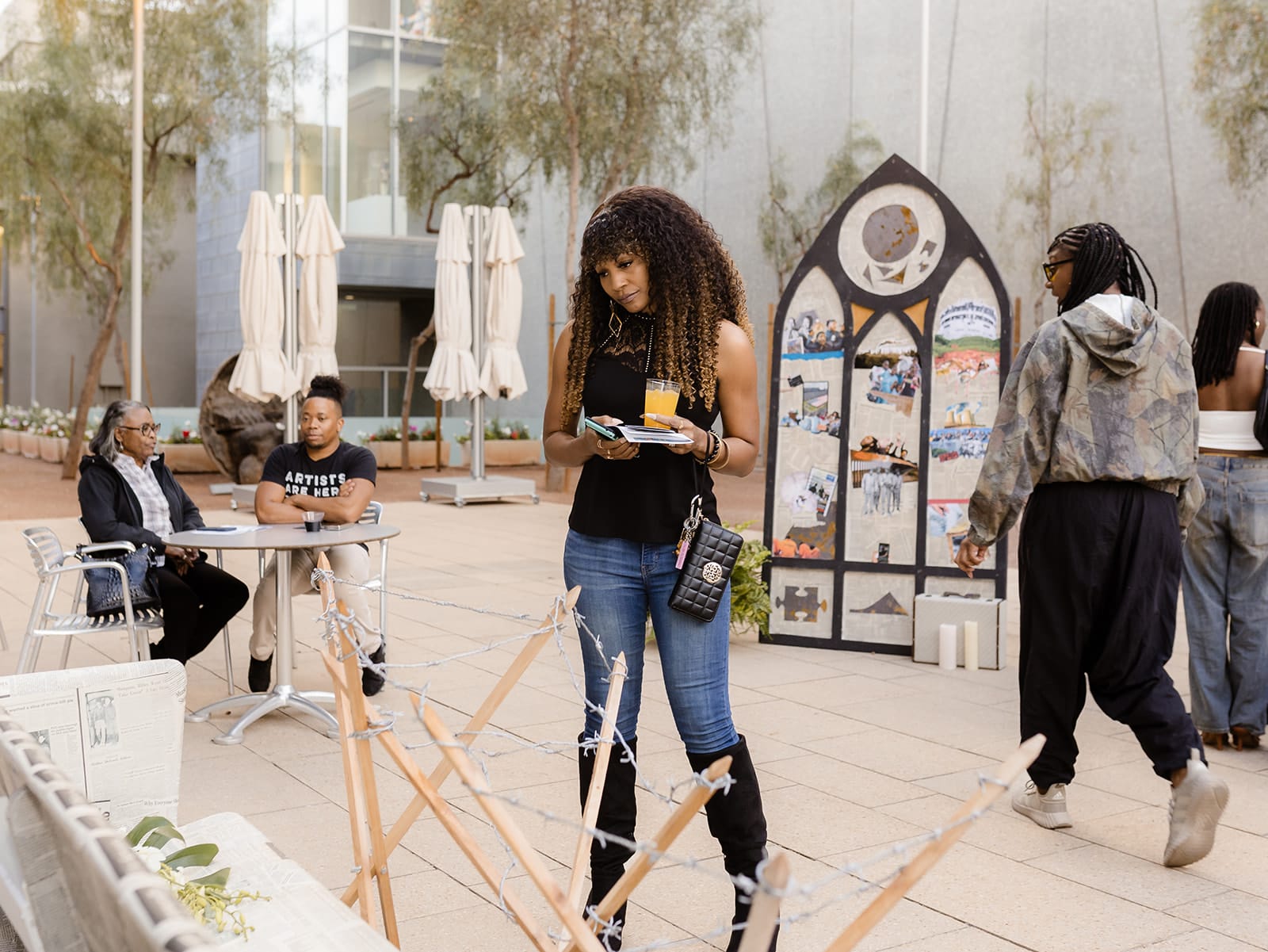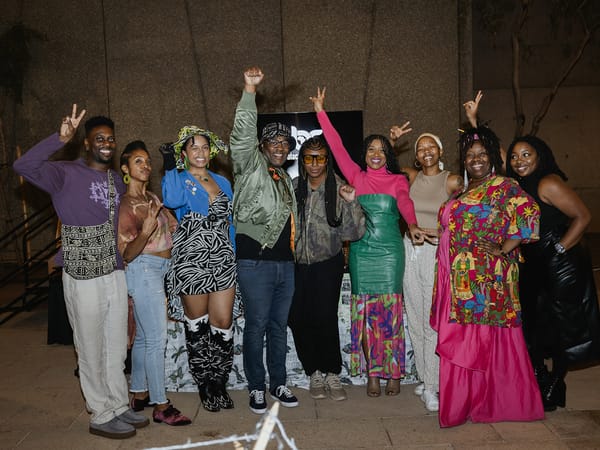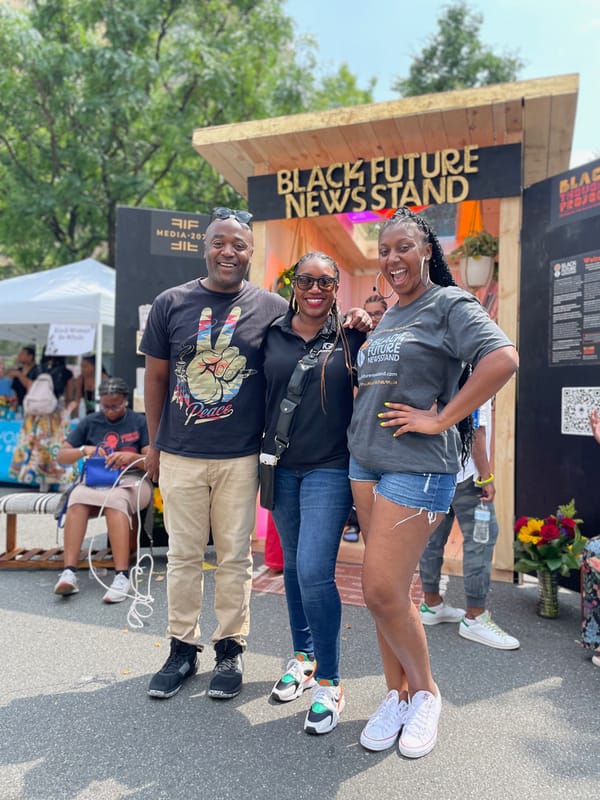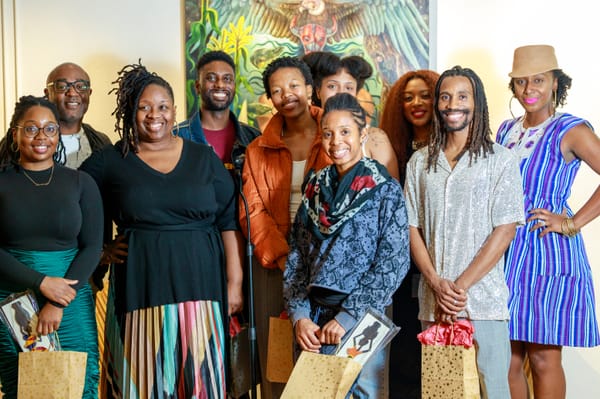There are places where the land meets the sky, where borders blur, and the world feels wide open. And then there are places where lines are drawn, where bridges are built, and where movement feels limited. Yet, it is in the tension between crossing and standing still that the stories of migration are often written.
Bridges are symbols of connection, of what is possible when we dare to reach across the divide. They allow us to cross rivers, mountains, and histories, leading us from one place to another. Yet, even as bridges extend to welcome us, borders often rise to keep us out. These invisible lines define who belongs and who does not, who can move freely and who must prove their right to exist in a new space.
Migration challenges these borders. It tests the assumptions about who we are, where we come from, and where we are going. It is not just about movement—it is about transformation. Every crossing is a chance to redefine what we thought we knew, to break down the walls that divide us and rebuild a sense of shared humanity.
But there is also strength in standing firm, in claiming space, in owning the ground beneath our feet. To stand is to resist the forces that seek to erase us, to carve out a place where our stories can be told and our roots can grow deep. We cannot always move as we wish, but we can always stand as we are.
So we ask: How do we find the courage to cross when the path is unclear? How do we build bridges without losing ourselves in the process? And how do we honor the land we stand on, even as we yearn to cross into something new? The answers are not simple, but they are found in the stories of those who have crossed before us and those who stand with us today. Through every bridge and every border, we learn that migration is not just about getting from one place to another—it is about discovering who we are when we get there.







